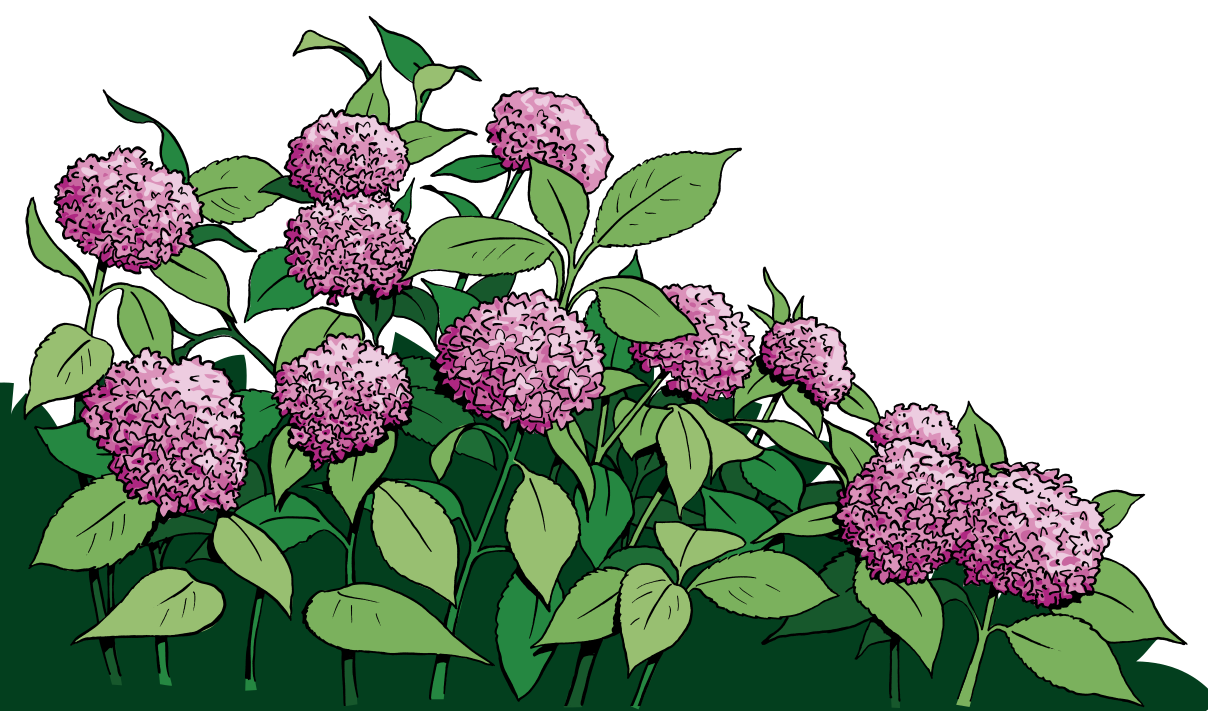The inhabitants of traditional cave dwellings are called "troglodytes". Although living in a cave was a matter of necessity rather than choice, many people today choose to live in caves. "Cave dwellings are very much like wombs. They closely embrace us in a protective shield of stillness, sheltering us from harm, soothing our spirits. The womblike enclosure and curvaceous structure of a cave feels natural to us" (C.A. Adams, The Magic of Living in the Earth). No kidding !
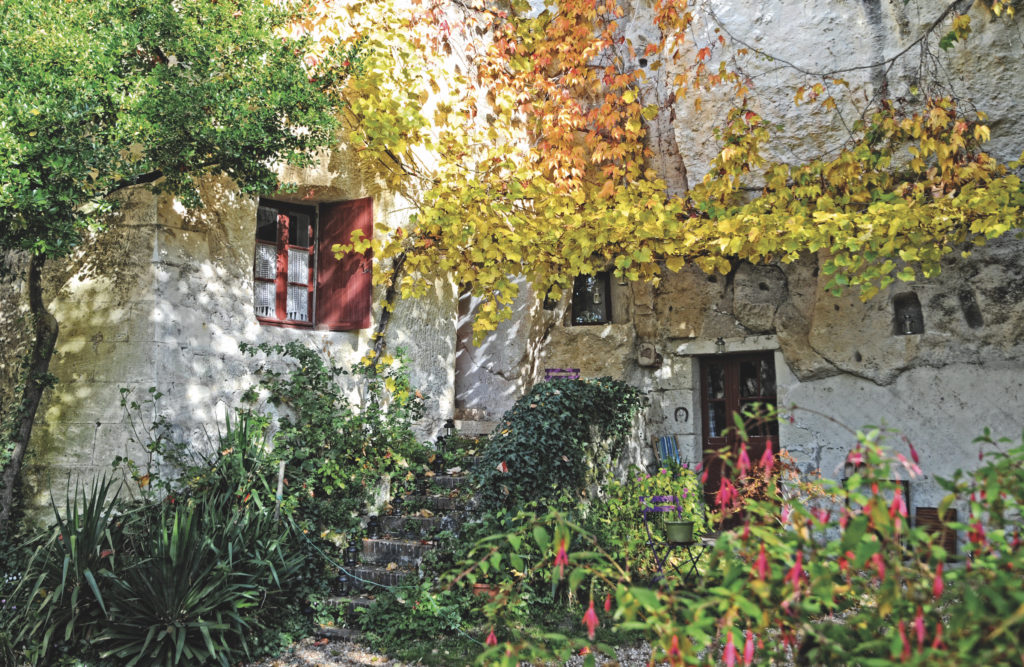
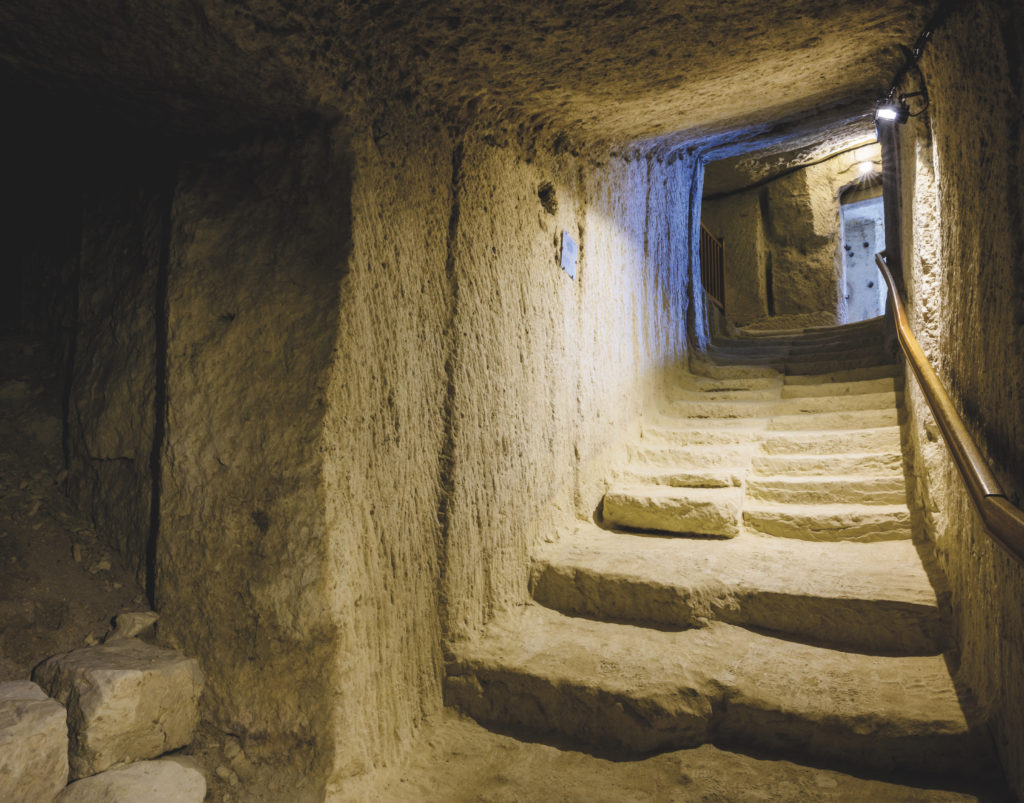
Whether "of light" or "of kings", our stone (locally know as TUFFEAU) is to be found in the walls of many castles and aristocratic residences in the region (Chambord, Cheverny...). Formed a long long time ago from skeletal fragments of marine organisms such as corals and shells, it holds many fossils. Whitish in colour, the Stone of Bourré has no equivalent in the area !
A MAGNANERIE is a place where silkworms are reared. SERICULTURE, an agro-based industry that involves rearing of silkworms for the production of raw silk, has been underway here since the 17th century. Silk is the most elegant textile with distinctive grandeur, natural radiance, an inherent affinity for dyes, high absorbance, lightweight weight, soft touch and high sturdiness.
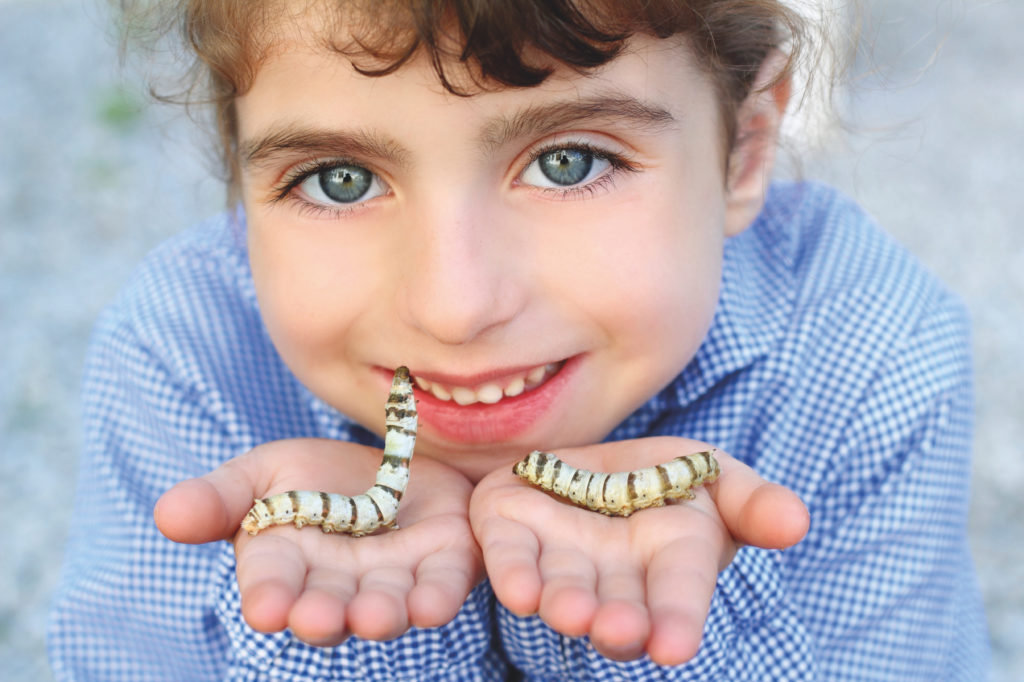
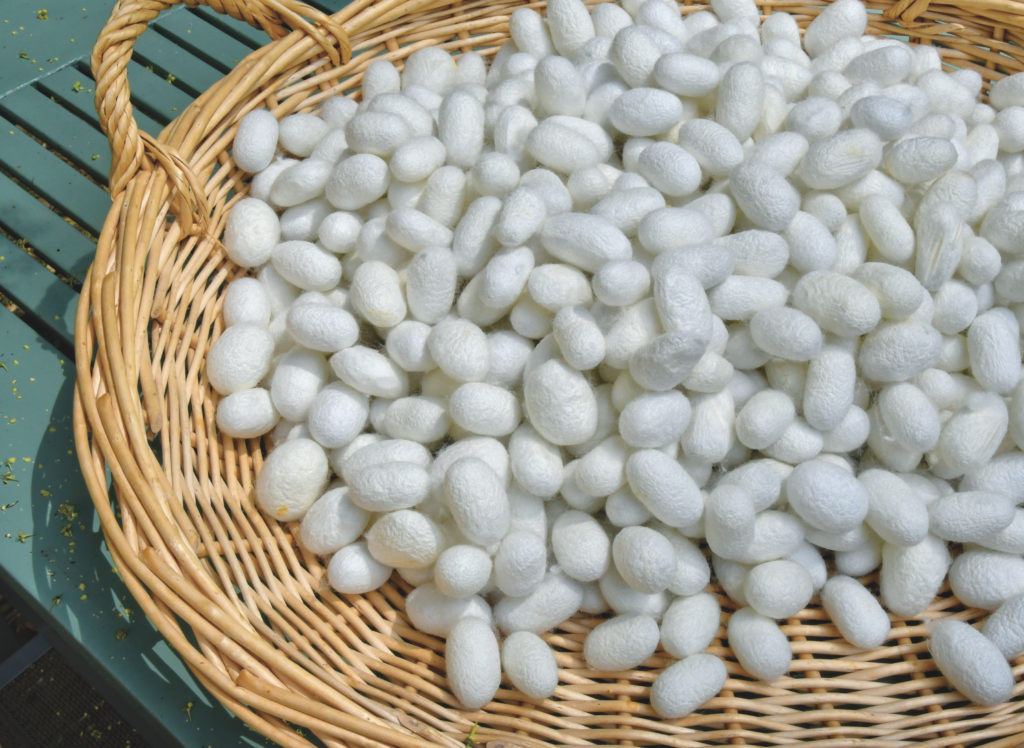
The history of silk in Touraine dates back to 1470 when King Louis XI decided to create the first silk manufacture in Tours. As the presence of the Court in the region boosted the need for precious fabrics, silk production soon provided a relevant source of income for half of the population. Alas, a combination of events forced the decline of this flourishing industry : the tough competition of Lyon's weavers, the fading presence of royalty in Touraine and the French Revolution; the final blow ! Today, only one company survives in Tours.
